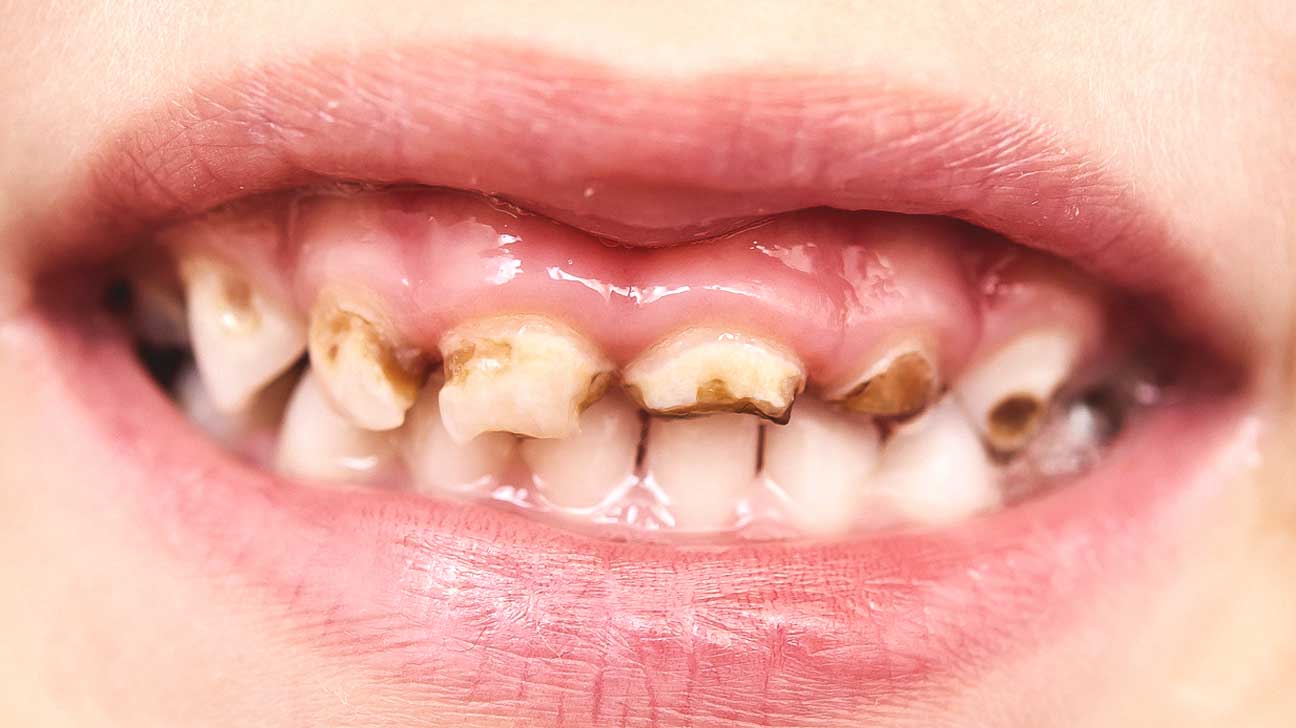
My friend got told her two-year-old son had holes in his teeth. Is that possible?
Early childhood caries (ECC) or decay affects about one in 10 children under the age of two. Milk and sugars being in contact with the child mouth/teeth for extended periods of times, particularly over the night time can cause ECC.
Children also have bacteria in their mouths like everyone else. These bacteria thrive by feeding on sugars found in the food and liquid consumed, often producing acid that can attack tooth enamel causing cavities.
Do I stop giving my child milk?
No. It does not mean that you stop breastfeeding, cease the use of a bottle or giving your child milk. Merely being aware of the problem will help to identify any potential issues firstly and consequently institute preventive measures.
What it looks like?
ECC follows a typical pattern wherein it appears near the gum line of the upper front teeth as white or yellow streaks. Because of the sequence of dental development, it tends to almost always affect the upper front teeth and the first baby molars before other teeth being affected.
Will it need to be treated?
Treatment in young children is often challenging and could need general anaesthesia. Prevention is always better than cure! Consequently taking your child to your first dental visit by the age of one or within the first six months of tooth eruption is suggested to help identify such problems early. If recognised, your dentist may be able to recommend measures that may contribute to prevent progression and prolong or avoid invasive (and expensive) options such as general anaesthesia.
My friend’s child got told he had “enamel hyperplasia”. Can this be a cause?
In some children, illnesses and other minor disturbances of development can also affect the development of tooth enamel. Such teeth have a higher chance of developing decay due to a potentially improper structure. A dental exam at the age of one can help to pick up on these problems not only for your child but perhaps your entire family!
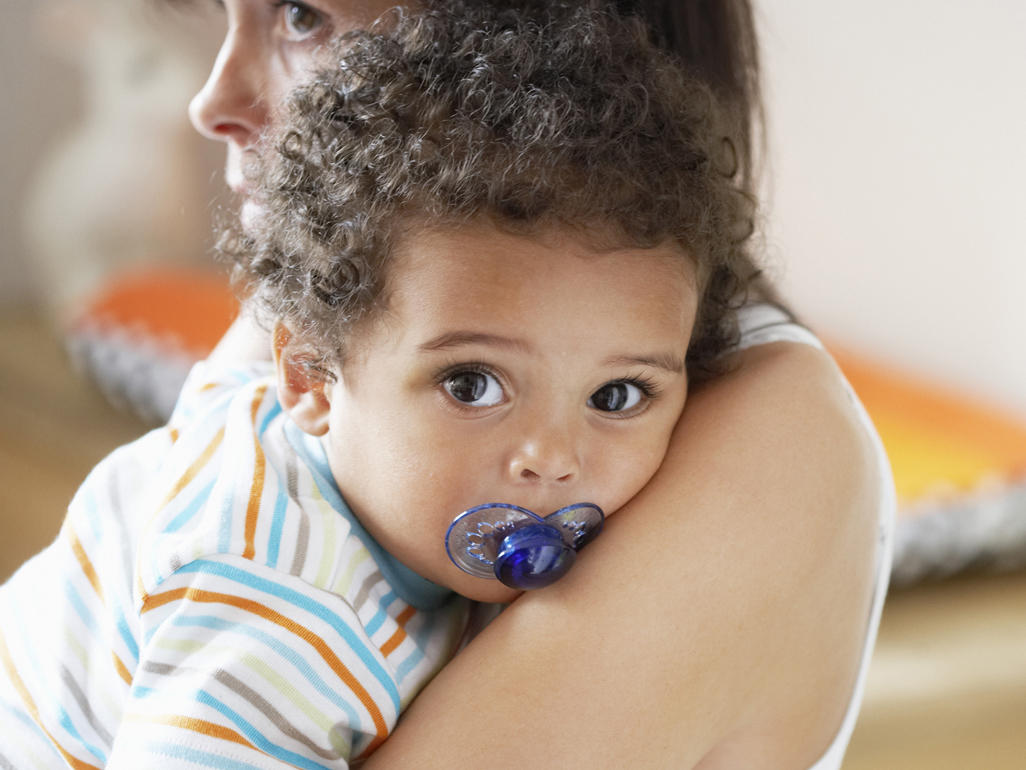
Is it ok to use a dummy (pacifier)?
Firstly, let accept it – sucking is a basic infantile instinct. According to the British Dental Association and the current evidence suggests there is little reason for concern unless the habit is prolonged or inappropriate.
Ok, what does that mean for my child?
If the benefits of pacifier use outweigh the long-term risks then so be it. If it allows the already challenging task of parenting newborns a little easier and helps comfort your baby, so be it!
So are there any problems with using a dummy?
Repeated use of a dummy over long periods of time could cause potential changes in the structure of your child’s dental development which may then require intervention. Therefore it is ideal to stop the use of the dummy beyond the first year of life to reduce the chances of dental issues later.
However, most importantly, never coat or dip your dummy into anything with honey or any sugars. Not only does it make the habit harder to wean in children, but it also significantly increases the risk for tooth decay.
How to stop our child using the dummy?
Sadly, there is no dummy’s guide to giving up dummy’s! It mostly depends on your child’s temperament and age. Some children prefer the habit being weaned away slowly over a period while others may be suited to going “cold turkey”. Imaginative play and stories with characters often help, that may involve the “tooth fairy, dummy fairy, superhero”, that either take the dummy away to other children that need it or swap it for a better toy. Some children may respond to reading books about “dummies”. Our personal favourites are “I want my dummy” by Tony Ross and “The last noo-noo” by Jill Murphy

My child has two rows of teeth. Is this normal?
As your child gets older and ready to lose their baby teeth and develop their adult teeth, you may notice that they have two sets of teeth.
Moreover, although this may seem a concern, it occurs in almost 30 per cent of children we see.
Adult teeth usually erupt around the ages of five to six.
Baby teeth are crucial as they hold space for the permanent teeth that will eventually erupt.
Permanent teeth slowly tend to dissolve or resorb the roots of the baby teeth until ultimately the baby tooth is lost. The permanent tooth then appears in the space left by the primary tooth.
This condition mostly occurs in the lower front region of the mouth when the child is around six years old. During this age, permanent lower incisor teeth begin to erupt behind the primary teeth thereby causing two rows of teeth for a short period. When children are in the ages 10-11, upper back molar teeth begin to appear and may do so behind the existing primary teeth causing two rows of teeth until the primary teeth finally fall out.
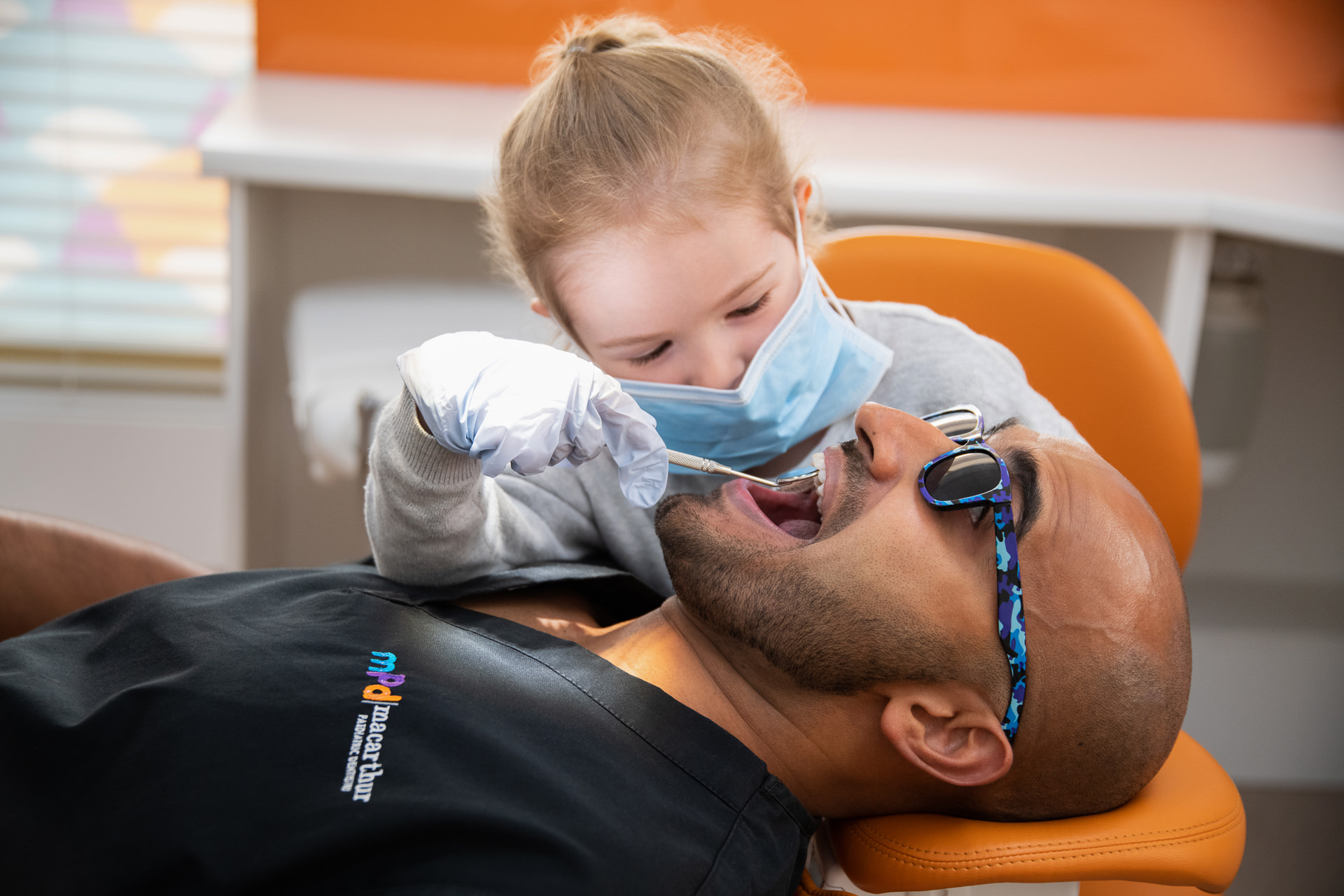
How do I make my child’s first dental visit positive ?
How do I make my child’s first dental visit positive ?
We all want the dental visit to be a good experience. As paediatric dentists, we prefer to leave the tooth, if it means creating a positive dental experience!
We know from research that parents with dental fears and anxiety pass these anxieties on to their children. Having a calm approach with a relaxed and positive outlook is indeed vital. Dental visits should be made to be routine a part of life, rather than a regular horror visit. Many books and websites can be used to guide children thoughts and create positive perceptions of upcoming visits. Asking friends, families and other trusted professionals regarding practices catering to children or dentists that restrict practice to treating children may also help. Dental teams that look forward to treating children, use positive imagery, distraction techniques and forms of behaviour management can also help children.

Trauma in baby teeth
So last week we had young James visit our practice as he had fallen down and pushed his baby tooth quite significantly inwards and his mother asked me a real question which I feel is important for us as parents to know but also one that we rarely ask for fear of it being a silly question !
“Will James adult tooth be affected ?”
A number of injuries to the face area tend to affect teeth and the huge range of statistics available in worldwide studies also means there is relatively little known about these injuries. While at times the damage is of little concern, the other times baby teeth can be pushed in severely or even knocked out.
So what do we know ?
We know that the younger the age of the child and the more severe the nature of the dental injury, the higher the chance for it to affect the developing adult teeth.
So can taking an X-ray tell us if the adult teeth are damaged ?
The simple answer is, no! If this were the case we could predict quite easily the long term risk of damage and we would prescribe x-rays on every child. While an x-ray can show us the adult tooth, very rarely can it show us the damage that may (or may not have) been sustained to the underlying adult tooth. So my answer to this is almost always to wait with regular monitoring and then perhaps plan as a team at a later stage (IF) there was significant damage to the developing adult tooth.
What can we do now?
Firstly, recommended first aid in a child with a damaged baby tooth is
- Stay calm and provide reassurance to the child or parent
- Control any bleeding from the area
- Assess the injury
- If a baby tooth has been knocked out DO NOT PUT IT BACK. (Note: Different rule for adult teeth which we ALMOST ALWAYS attempt to replace)
- Contact your dentist
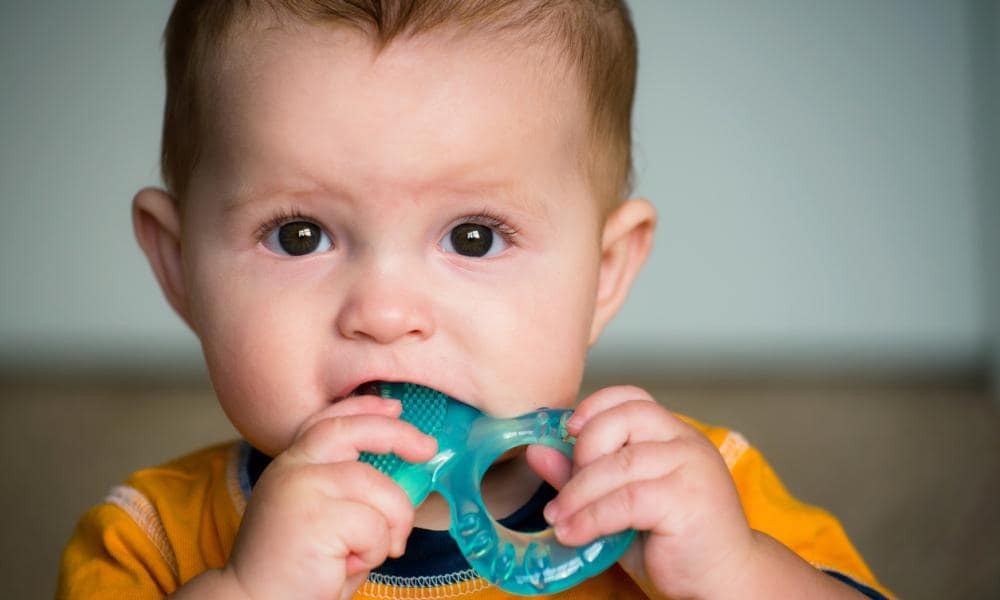
Does teething in my baby cause fevers ?
Parenting an infant and toddler can be challenging, particularly being unable to completely understand what our children are saying to us. Inevitably, it becomes a guessing game between nappies, feed, lack of sleep. Of course if all of these are checked then often teething is commonly blamed. Teeth get blamed for a lot of problems in life…just kidding !
Does fever indicate a child is teething ?
In a somewhat recent study in the journal “Pediatrics”, researchers looked at a number of studies from different countries in which authors looked at signs and symptoms related to teething. Although the findings are not to be taken concretely due to the differences in study settings, there are some indicators that can be used to ascertain if a child is in fact teething. For example, redness, swelling and tenderness around the gums in the back areas of the mouth. Additionally symptoms of irritability and drooling may occur which usually decrease with increasing age of the child.
But most importantly from the list of symptoms, fever was not included ! And although a slight increase in body temperature was noted during the time of teething, it was unable to be defined as a fever (a true fever is defined as a temperature rise above 38 degrees).
This study also found that symptoms of teething tended to peak during emergence of a child’s primary incisors or front teeth, which can occur between 6 and 16 months of age, and decreased as the child got older.
OK, so how does this help you and your baby ?
We now know there are some reliable indicators of teething; redness, swelling, gum tenderness. However, other things that are often associated
With teething – runny noses, sleep issues, fevers and diarrhoea are not as closely linked to fevers as we may have thought in the past.
So, the runny nose that your child has during the ages when he/she is teething may not be related to the teeth at all. Viruses that cause colds may be affecting your child at the same time.
Perhaps if your baby is fussy and irritable and you notice a slight increase in temperature (but still below 38 degrees), this may be due to teething.
However, if your baby is fussy and irritable, and has a temperature greater than 38 degrees, it may be caused by an illness rather than just teething. Incorrectly assuming that teething is cause may prevent or delay proper care.
How do I relieve teething discomfort ?
Firstly, it is important to remember that teething is a normal part of development in your child. If your child has a high temperature and that worries you, it is unlikely to be caused by teething and you should consult your physician.
While many remedies have been suggested over the years to relieve the discomfort of teething local, over the counter/non-medical products can help. Biting on teething rings has been found to help some babies. In some cases chilling the ring seems to relieve discomfort.
Systemic pain relief medications are not usually recommended, however at times may be used in consultation with your dental professional.
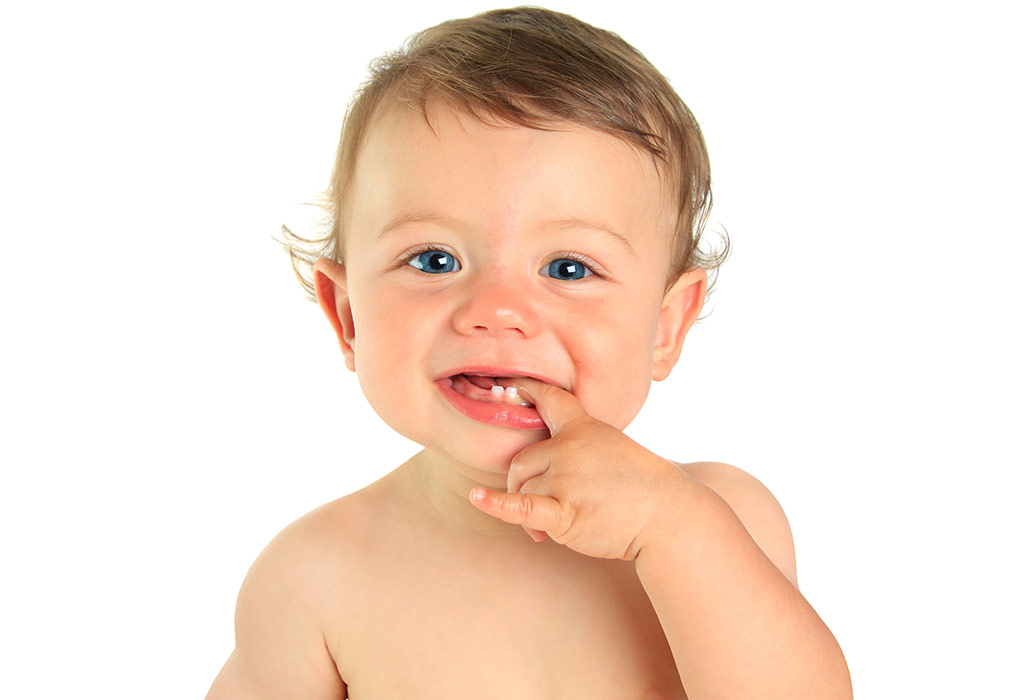
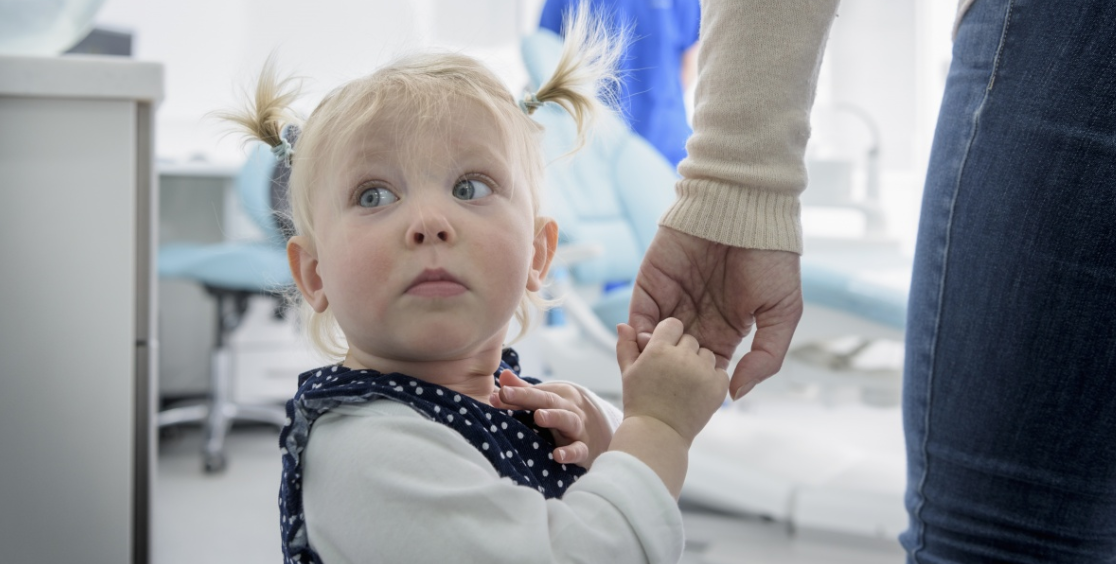
When should I take my child for their first dental visit ?
Most of the worlds oral health advocatory bodies, including our own Australian Dental Association, recommend that a child’s first dental examination occurs at the time of the eruption of the first tooth and no later than 12 months of age. And while this may seem too early, there are good reasons for this.
- Decay rates in a developed country like ours are on the rise because of intake of sugars (over 40% of children under 6 have dental decay). As parents what we do not realise is that many foods said to be “healthy” contain hidden sugars. The first dental visit is about beginning this conversation!
- Creating a “Dental Home” for your child – At later stages, six-monthly preventative dental visits have been shown to be effective in identifying risk factors early and preventing dental disease. Starting them young helps to create positive attitudes to good oral health and dentistry in general.
- Diet and oral hygiene – The dreaded “hole” is often the final product of a process that began soon after the tooth erupted. This is simply because early decay is not visible to the untrained eye. Early visits help identify any potential sites prone to decay but also discuss simple ways to prevent dental disease particularly with regard to diet and hygiene.
- Making the first visit positive – Sadly, most of the patients we see come to us too late. Mostly, in pain or with a hole! This often feeds into dental fear and anxiety. Starting them early may help to prevent the first visit being one with pain and need for extensive courses of treatment!
If you have any questions or want one of our specialists to see your child, feel free to contact us via email on hello@macpd.net.au or head over to make an appointment via our easy online booking tab. We are now across two locations , Camden and Willoughby and you do not need a referral to see us
If you wish to speak to us, give us a call on (02)9188-0202
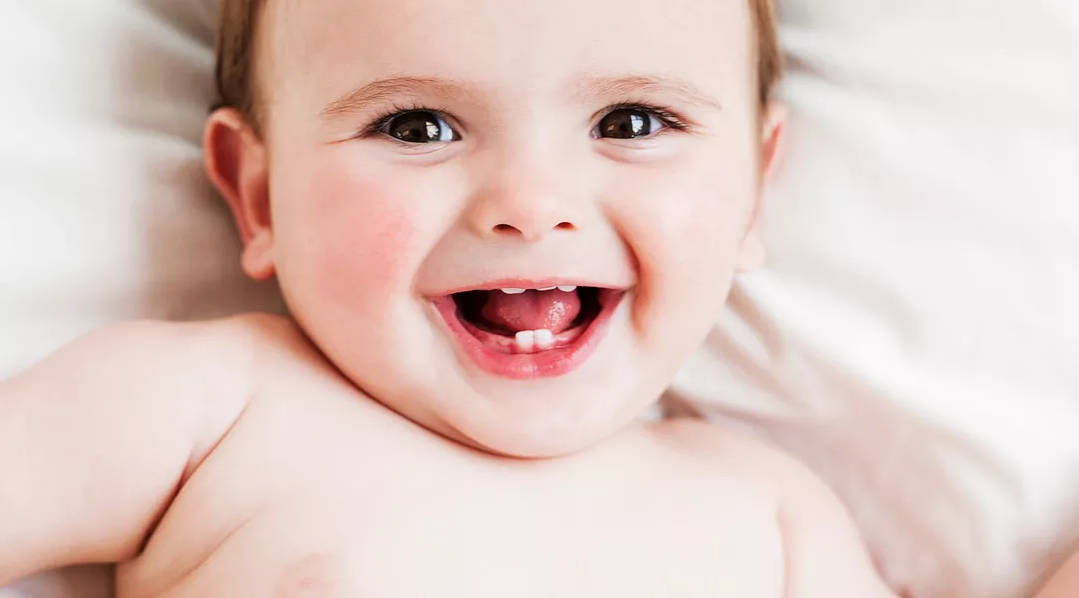
Why are baby teeth important ?
This is a very common question we all get asked as paediatric dentists.
However, research has shown that where baby teeth are well cared for, better oral health prevails in the adult teeth.
The baby teeth at the front of the mouth (incisors) last until about 6-8 years of age, while those at the back aren’t replaced by their adult successors until the ages of 10-13.
Given the length of time, some of these teeth have to stay in a child’s mouth, the care of these teeth from the outset becomes extremely important as untreated dental disease, or other oral health issues can lead to problems that have an effect on the developing permanent teeth.
Primary teeth are caretakers of space for the developing adult teeth, particularly those back teeth!
It is not uncommon to see the loss of space where baby teeth have large holes and/or have been lost prematurely.
Baby teeth, when well-cared for and present till the right time, help to guide strong, adult teeth into the right spaces.
